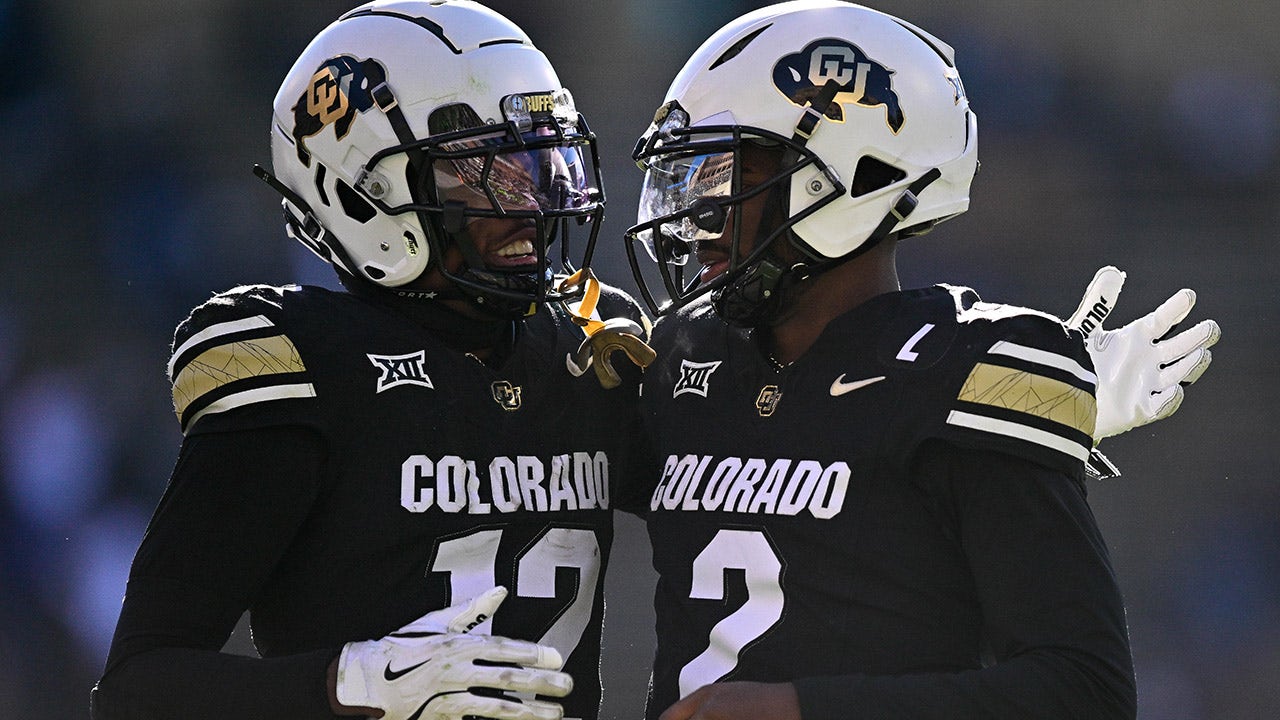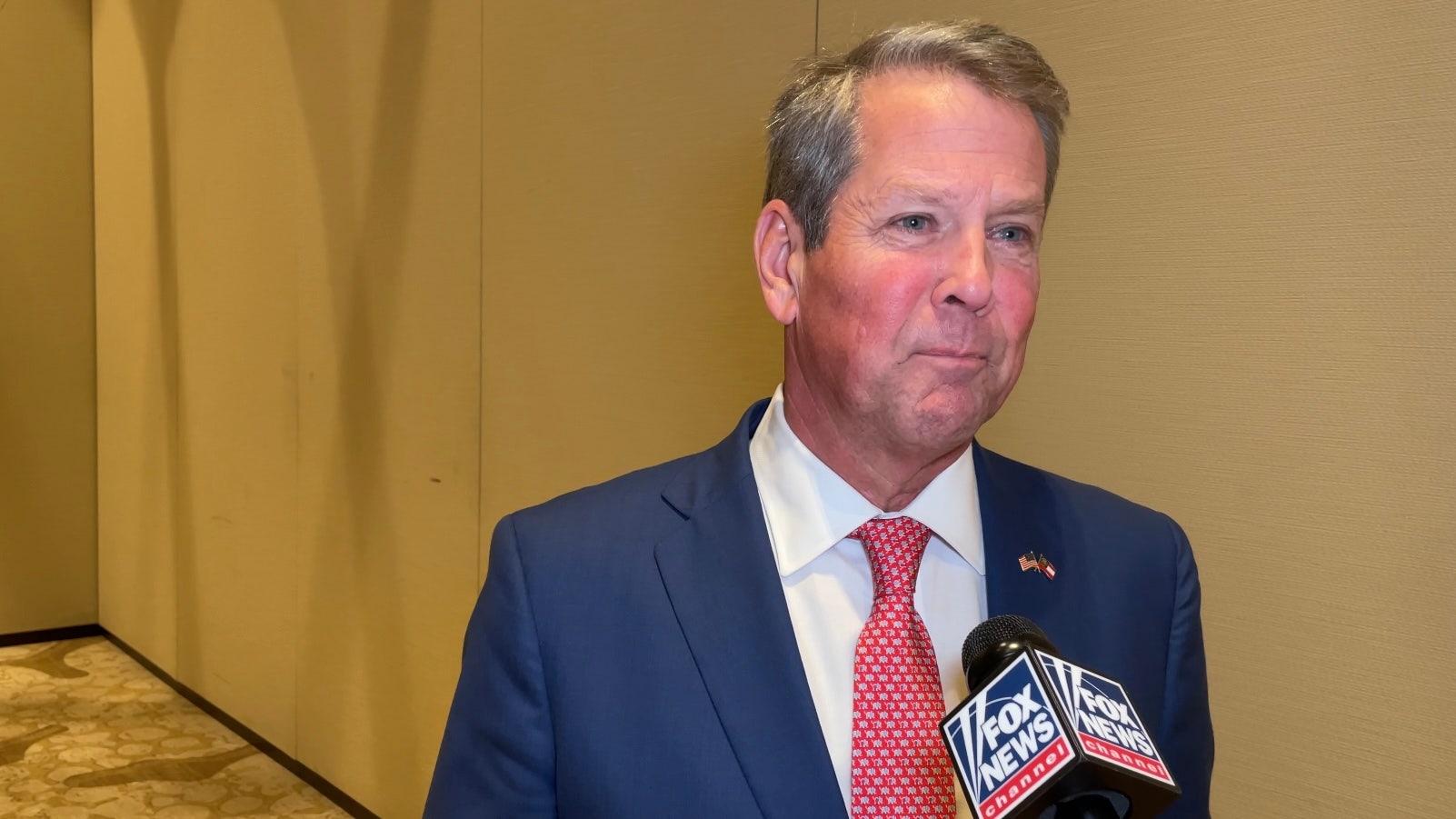Iran has announced that it will begin enriching uranium using thousands of advanced centrifuges at its two major nuclear facilities, Fordo and Natanz, raising concerns about its nuclear program.
The move, confirmed by the United Nations’ nuclear watchdog, the International Atomic Energy Agency (IAEA), marks another step in Iran’s ongoing uranium enrichment efforts, which have escalated tensions in the Middle East.
The IAEA’s report, released Friday, indicated that Iran intends to enrich uranium to 5% purity using new centrifuges, a level far below the 60% it has been producing in recent months.
Celebrate Trump’s Historic 2024 Victory with the Exclusive Trump 47th President Collection!
This suggests that Iran may still be interested in negotiations with the West, including with the incoming administration of President-elect Donald Trump.
However, the international community is uncertain about how Trump will approach Iran, especially considering its continued threats against Israel and the ongoing conflict with Hamas in Gaza, as well as recent tensions in Lebanon.
In response to the IAEA’s report, Iran’s mission to the United Nations did not offer any comment.
However, Tehran has long stated its intention to push forward with its nuclear program, especially after the collapse of the 2015 nuclear deal.
#Iran fastens nuclear bomb-making process: 6,000 more centrifuges to enrich #uranium | Watch pic.twitter.com/5ODcChMW7M
— The Times Of India (@timesofindia) November 29, 2024
The IAEA report mentioned that Iran has been using advanced centrifuges, including the IR-2M, IR-4, and IR-6 models, which enrich uranium faster than the older IR-1 centrifuges.
The IAEA noted that Iran had informed the agency of plans to feed uranium into 45 cascades of these advanced centrifuges.
A cascade is a group of centrifuges working together to speed up the uranium enrichment process.
Although the IAEA did not specify the number of machines per cascade, it has been reported that Iran has used around 160 centrifuges in a single cascade in the past.
It remains unclear whether Iran has already begun the uranium enrichment process using these new centrifuges.
However, by starting at 5% enrichment, Iran is able to maintain leverage in its ongoing negotiations with the West.
Enrichment at 90% purity is considered weapons-grade, and Iran’s actions are closely monitored by the international community, as there are ongoing concerns about the potential for nuclear weapon development.
Following the U.S. withdrawal from the Iran nuclear deal in 2018, Iran began enriching uranium at levels just below weapons-grade, sparking concerns about its intentions.
U.S. intelligence agencies have stated that Iran has not yet begun a formal weapons program, but its actions continue to raise alarms about the possibility of further escalation.
The U.S. State Department expressed deep concern over Iran’s decision to escalate its nuclear program, calling it a step away from cooperation with the IAEA.
A statement from the State Department said, “Iran’s continued production and accumulation of uranium enriched up to 60% has no credible civilian justification.”
Iran, a signatory to the Treaty on the Non-Proliferation of Nuclear Weapons (NPT), has pledged to allow IAEA inspectors to visit its nuclear sites.
However, since the collapse of the nuclear deal, Iran has restricted inspectors’ access and failed to fully respond to questions about past nuclear material found at undisclosed sites.
In recent months, some Iranian officials, including Supreme Leader Ayatollah Ali Khamenei and President Masoud Pezeshkian, have indicated a willingness to engage in negotiations with the West.
Yet, the country’s continued support for militant activities in the region, including attacks on Israel, complicates these discussions.
Iranian diplomat Kazem Gharibabadi criticized European countries for their handling of the nuclear issue, calling Europe’s stance “self-centered” and lacking responsibility.
Meanwhile, European Union diplomat Enrique Mora met with Iranian officials to discuss the nuclear issue, regional tensions, and Iran’s military support for Russia, emphasizing the need for a diplomatic solution and calling for the cessation of further escalation.
As tensions continue to rise over Iran’s nuclear ambitions, the situation remains a critical point of concern for both regional stability and international relations, particularly with the incoming U.S. administration.
The opinions expressed by contributors and/or content partners are their own and do not necessarily reflect the views of LifeZette. Contact us for guidelines on submitting your own commentary.
Read the full article here


![Iran Escalates Nuclear Threat, Increases Uranium Enrichment [WATCH] Iran Escalates Nuclear Threat, Increases Uranium Enrichment [WATCH]](https://www.lifezette.com/wp-content/uploads/2024/10/2024.10.01-06.06-lifezette-66fc3a1445daf.jpg)






![Stephen Miller ‘at the Top of the Totem Pole’ for New Position in the White House [WATCH] Stephen Miller ‘at the Top of the Totem Pole’ for New Position in the White House [WATCH]](https://www.lifezette.com/wp-content/uploads/2025/04/2025.04.13-09.00-lifezette-67fb7d1159d09.jpg)
